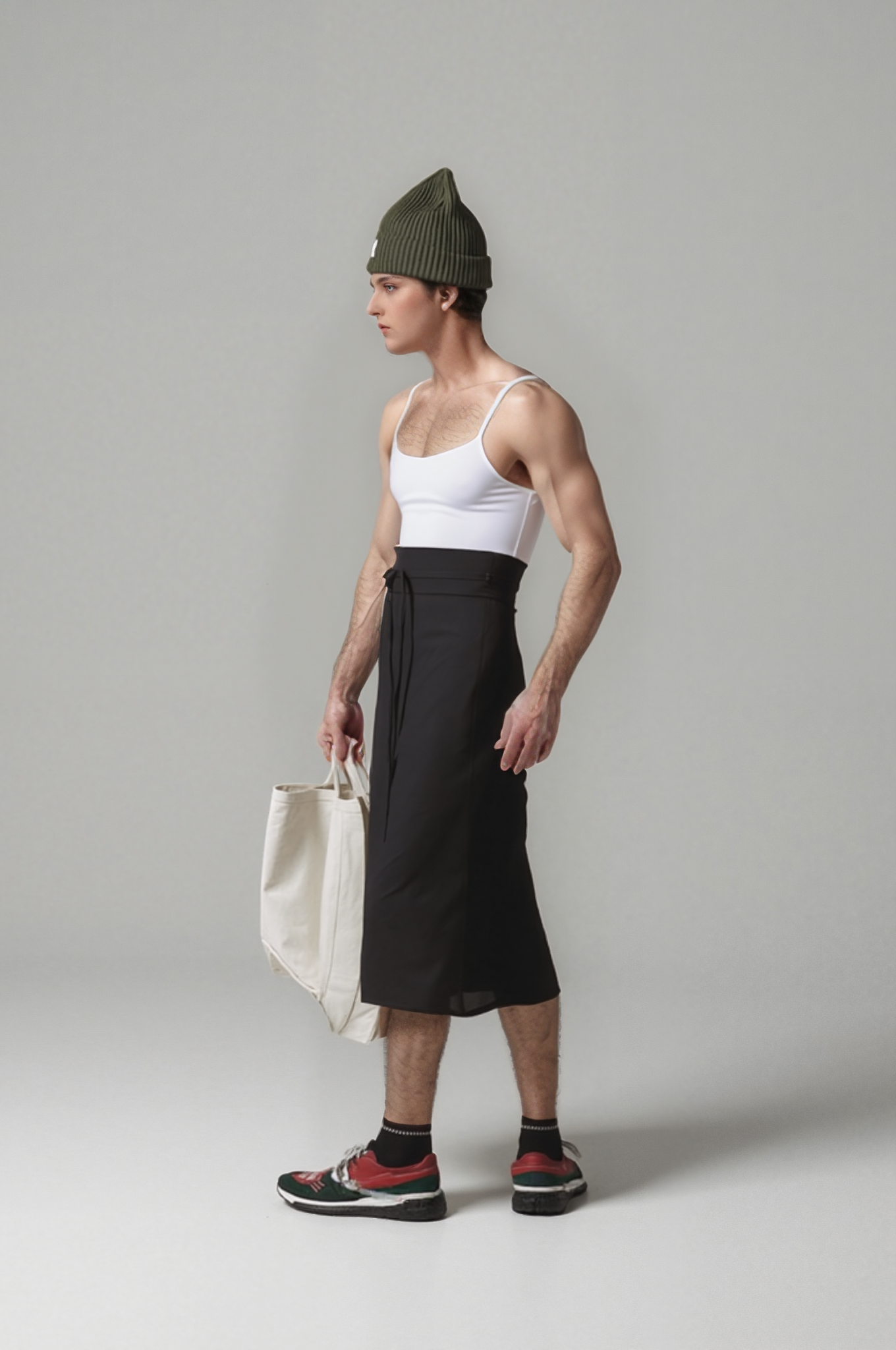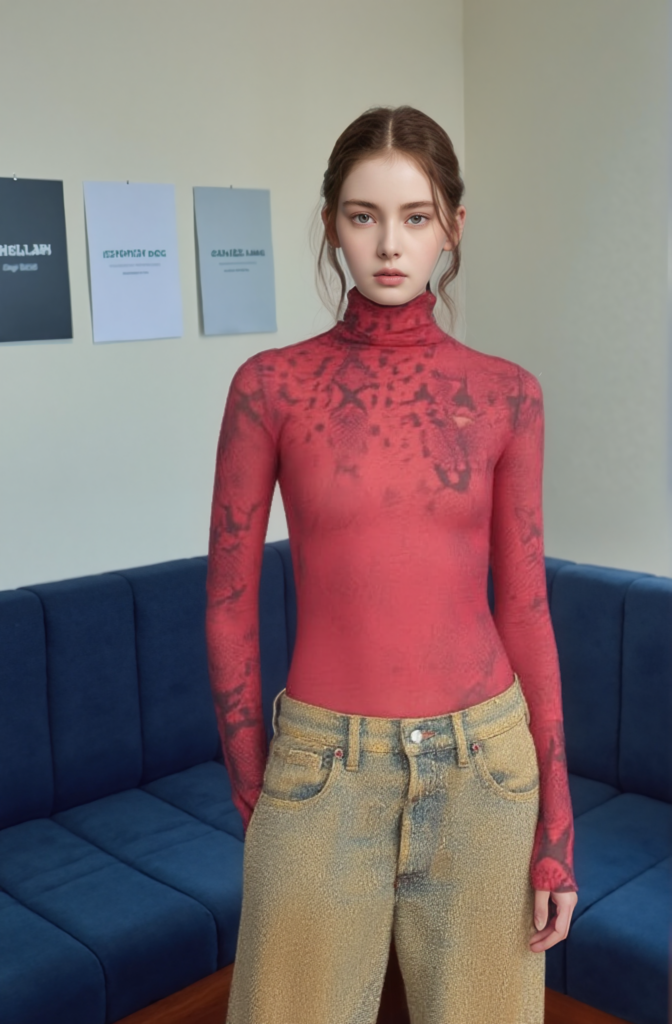As we step into the 2025 Spring/Summer season, it’s no surprise that dresses have once again become the star of the fashion show. From romantic French styles to minimalist elegance and retro revivals, each dress design brings with it the fashion signals of the new season. So, how do you quickly catch up with the latest trends? With AI-generated models, you can effortlessly showcase the newest styles, making your product listings more dynamic and appealing. Today, let’s explore how to pair AI-generated models with curated scenes to create stunning, versatile brand visuals for spring and summer.
AI-generated models are reshaping how designers approach spring fashion. These models bring a fresh perspective to creating unique spring dresses and summer outfits. By leveraging AI, designers can craft styles that feel personal and reflect individual tastes. In fact, 61% of shoppers now prefer brands offering augmented reality experiences, while 72% of luxury consumers see this as essential. This shift highlights how technology is enhancing creativity and consumer engagement. With AI driving innovation, spring and summer fashion is becoming more dynamic, personalized, and exciting than ever before.

The Role of AI-Generated Models in Fashion
How AI is Transforming Spring Fashion
AI is revolutionizing spring fashion by reshaping how designers approach creativity and production. It enables brands to analyze massive datasets, identifying emerging trends and consumer preferences. For instance, tools like Unmade allow designers to create customizable garments only after an order is placed, reducing waste and promoting sustainability. Similarly, AI algorithms can predict popular styles, such as the growing demand for vintage denim, helping designers stay ahead of spring fashion trends 2025.
Brands like H&M and Levi’s have embraced AI to enhance their operations. H&M uses AI to predict style trends and manage supply chains, ensuring that spring outfits align with consumer demands. Levi’s, on the other hand, employs AI-powered virtual try-ons, allowing customers to visualize how outfits will look and fit before purchasing. These innovations not only improve customer satisfaction but also reduce return rates, making the fashion industry more efficient.
The Emergence of AI-Generated Models in Style
AI-generated models are becoming a game-changer in the world of style. These digital creations can simulate real-life models, showcasing spring outfits in virtual fashion shows or online catalogs. This approach offers a cost-effective solution for brands while providing consumers with a unique shopping experience. Generative Adversarial Networks (GANs) play a significant role here, enabling the creation of hyper-realistic models that can adapt to various styles and trends.
The adoption of AI in fashion is growing rapidly. Currently, 77% of companies are experimenting with generative AI, and 35% have already integrated it into their operations. This shift highlights the industry’s commitment to leveraging technology to unlock efficiencies and drive revenue. As more brands adopt AI-generated models, the line between technology and creativity continues to blur, paving the way for a new era in spring fashion.
AI’s Influence on Seasonal Trends and Spring Outfits
AI is shaping seasonal trends by analyzing consumer behavior and predicting what will resonate with shoppers. By processing individual customer data, AI enables mass customization, allowing brands like Stitch Fix to design spring outfits tailored to specific preferences. This personalized approach ensures that consumers feel connected to their purchases, enhancing their overall experience.
Moreover, AI-driven demand forecasting helps brands reduce overproduction, making spring fashion more sustainable. By predicting which trends will dominate, designers can focus on creating pieces that align with consumer expectations. Virtual try-on technology further enhances this process, giving shoppers the confidence to explore new styles without the fear of returns. As a result, AI not only influences what people wear but also how they shop for their favorite spring outfits.
👗 Dress Styles Overview
French Romance: Puff sleeves, ruching, and soft hues like cream white, misty blue, and lavender.
Minimalist Chic: Sleek cuts, solid colors, and clean silhouettes in black, white, grey, and muted Morandi tones.
Retro Vibes: Classic patterns like plaid and florals, baby collars, and A-line mini dresses make a comeback.
👸 Matching the Right AI-Generated Model with Each Style
For French Style Dresses:
Choose AI-generated models with soft features and a gentle temperament. These models convey a sense of delicate femininity perfect for romantic aesthetics.
For Minimalist Dresses:
Go for cold-tone, sharp-featured AI-generated models with a clean, high-fashion look to emphasize structure and elegance.
For Retro Dresses:
Select AI-generated models that bring a strong nostalgic atmosphere, with distinct facial features that echo vintage charm.
⛲️ Scene Selection to Match Dress Styles
French Style:
Cafés, sunlit alleys, and vintage courtyards evoke a timeless French charm.
Minimalist Style:
Solid-colored backgrounds, structured architecture, and mirrored interiors highlight simplicity and design.
Retro Style:
Old European homes, vintage bookstores, and floral-tiled floors create a nostalgic mood.
Now, let’s explore how these AI-generated models and curated scenes come together to bring each style to life:
🌸 French Style Dresses
- Recommended AI Models: Soft-featured and gentle-tempered models – go to the Model Store and check the “Sweet” tag.
- Recommended Scenes: Cafés, quiet alleys, sunny gardens – search directly from the top bar.
AI Model Eve in Minimalist Living Room


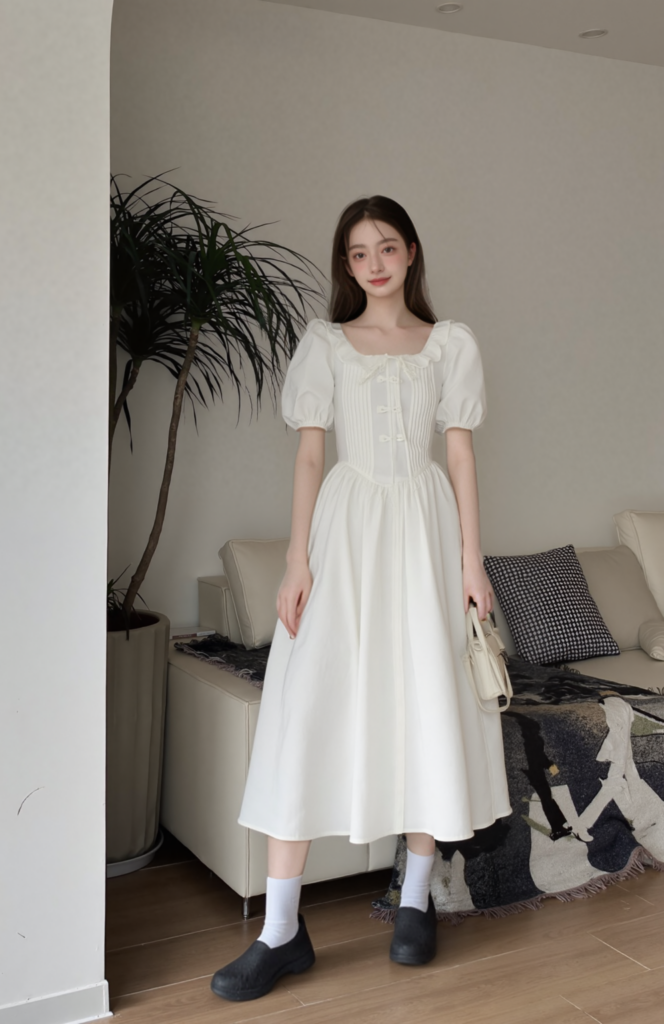
Jasmine in countryside villa by the pool
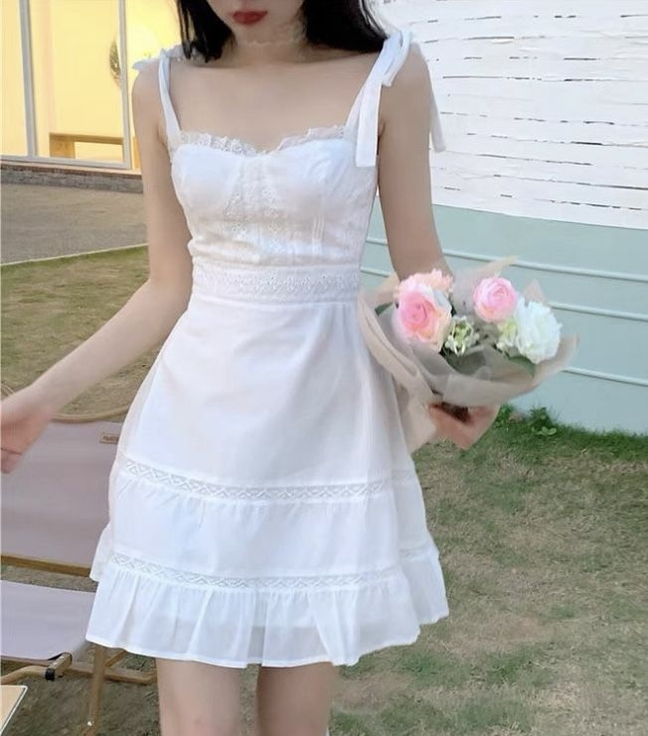

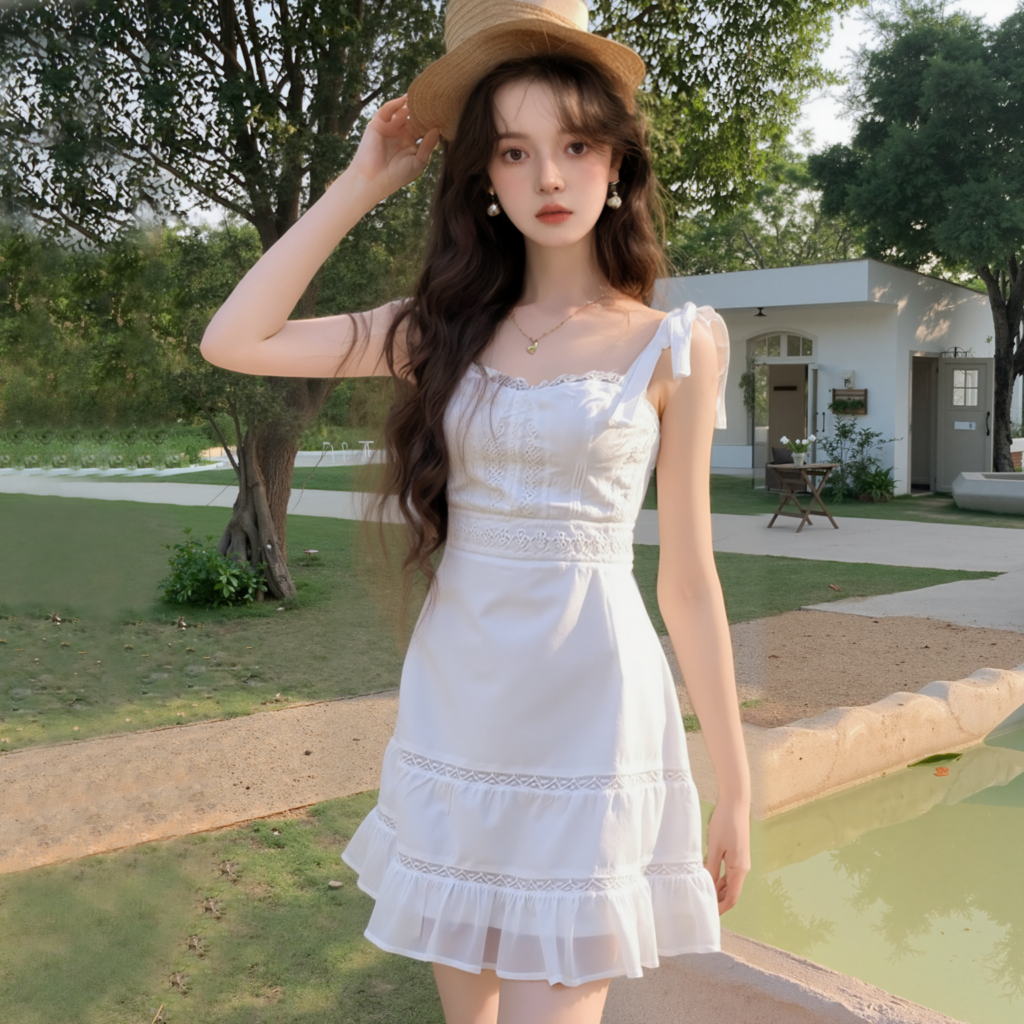
Yoyo in garden path
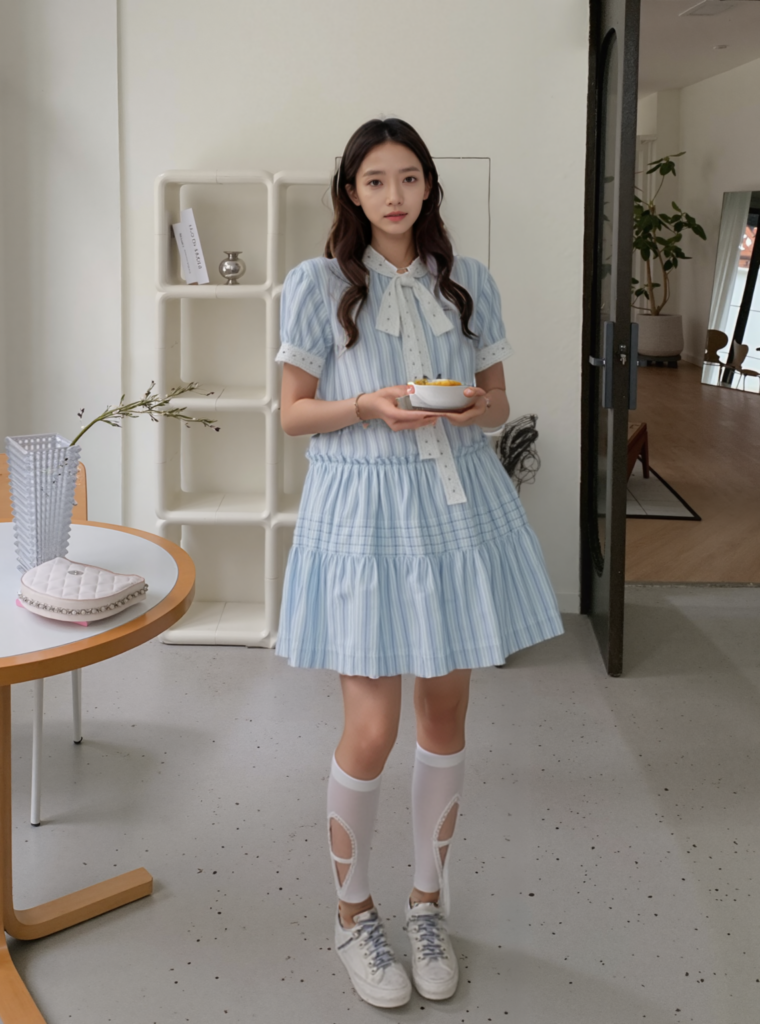

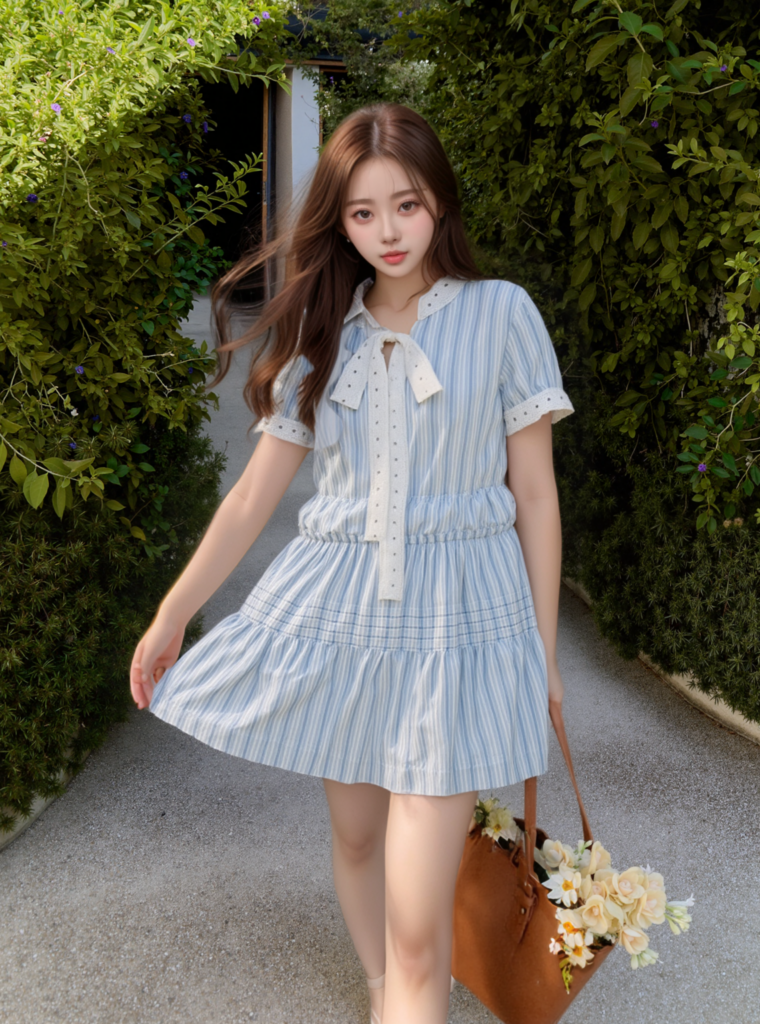
Poyi in garden path
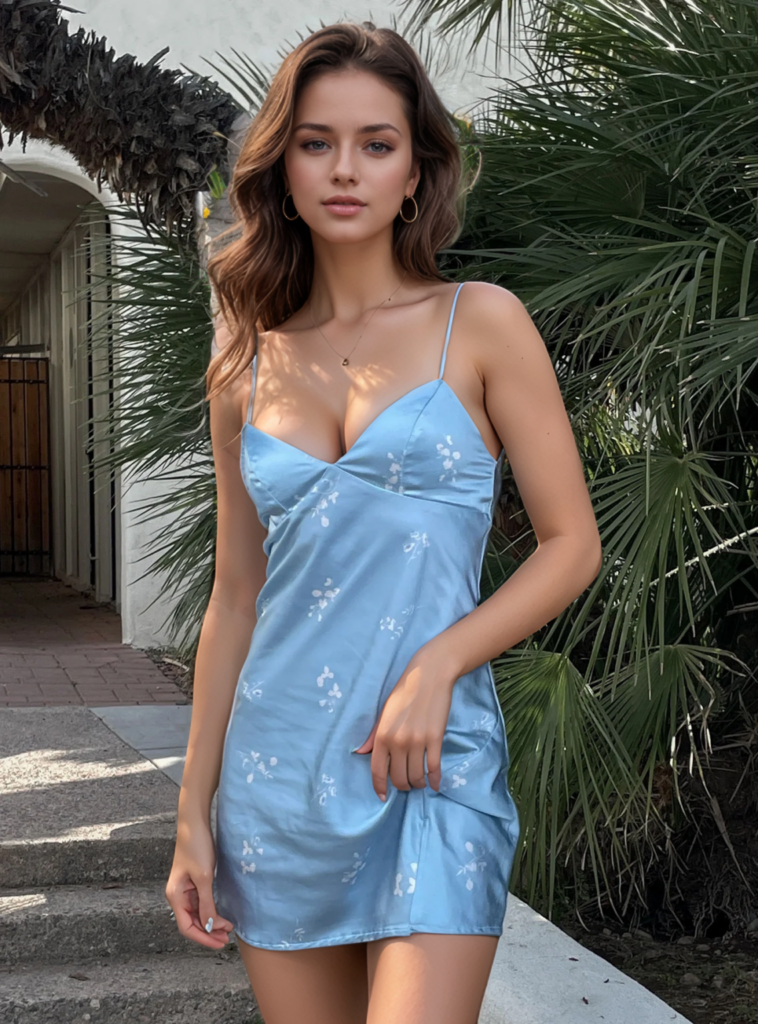

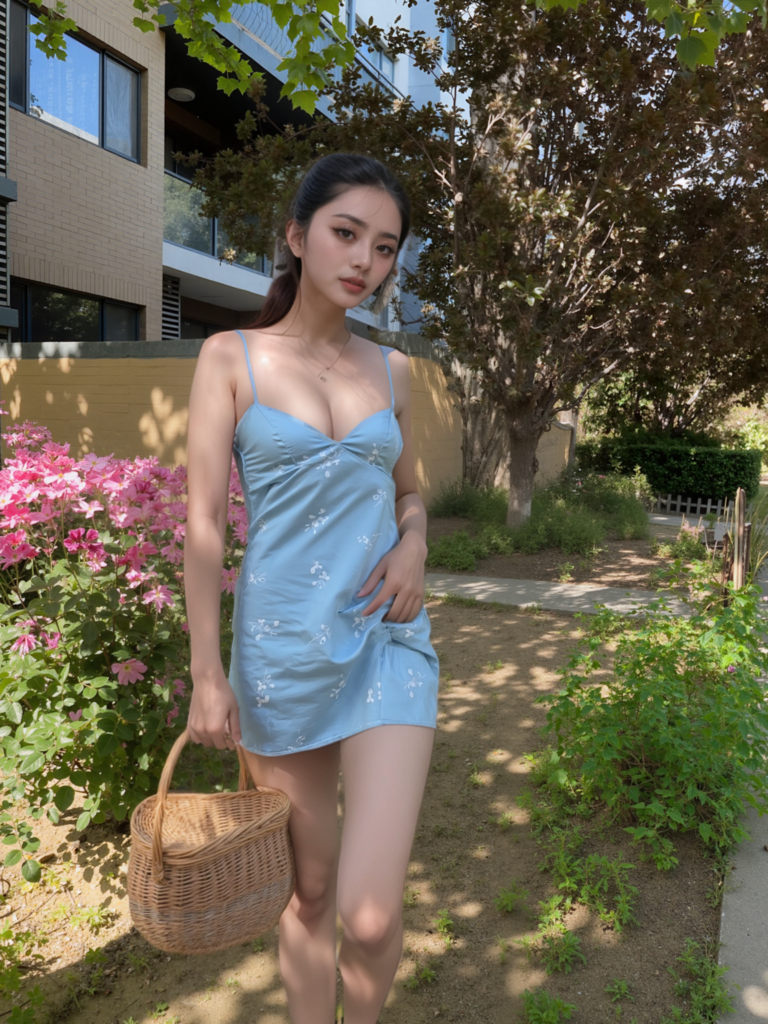
🖤 Minimalist Style Dresses in AI-Generated Models
- Recommended AI Models: Clean and artsy models – in the Model Store, select “Artsy Cold Look” and “High-End Style” tags.
- Recommended Scenes: Solid backgrounds, modern buildings, and mirrored interiors.
Alicia in modern buidling entrance
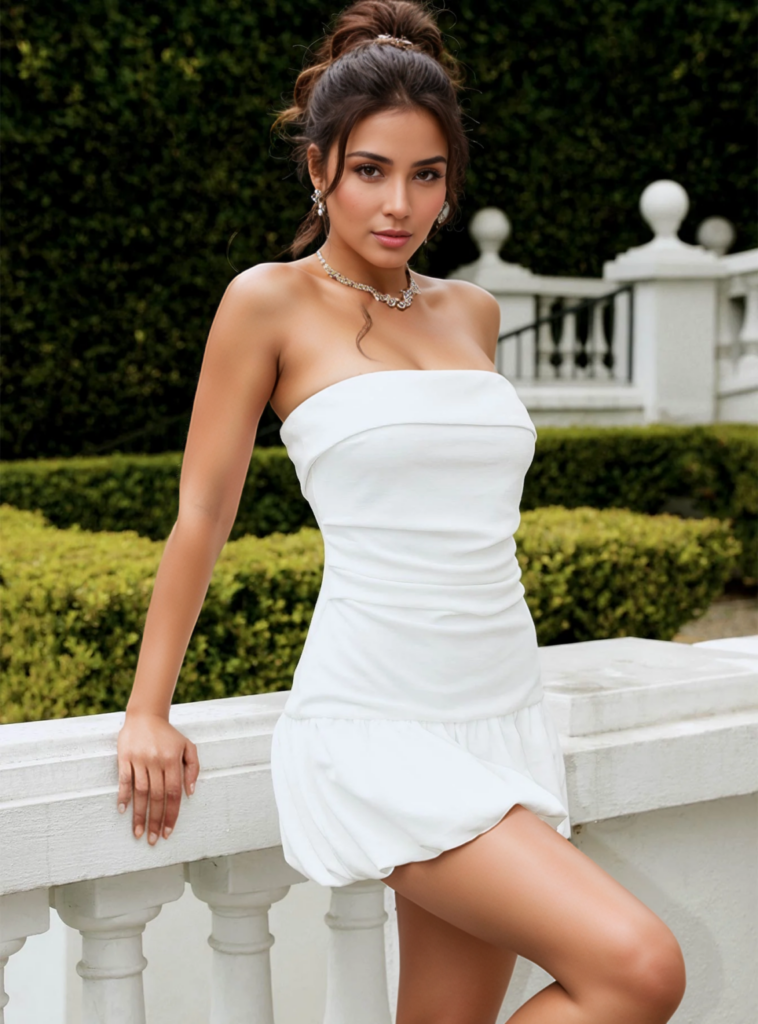

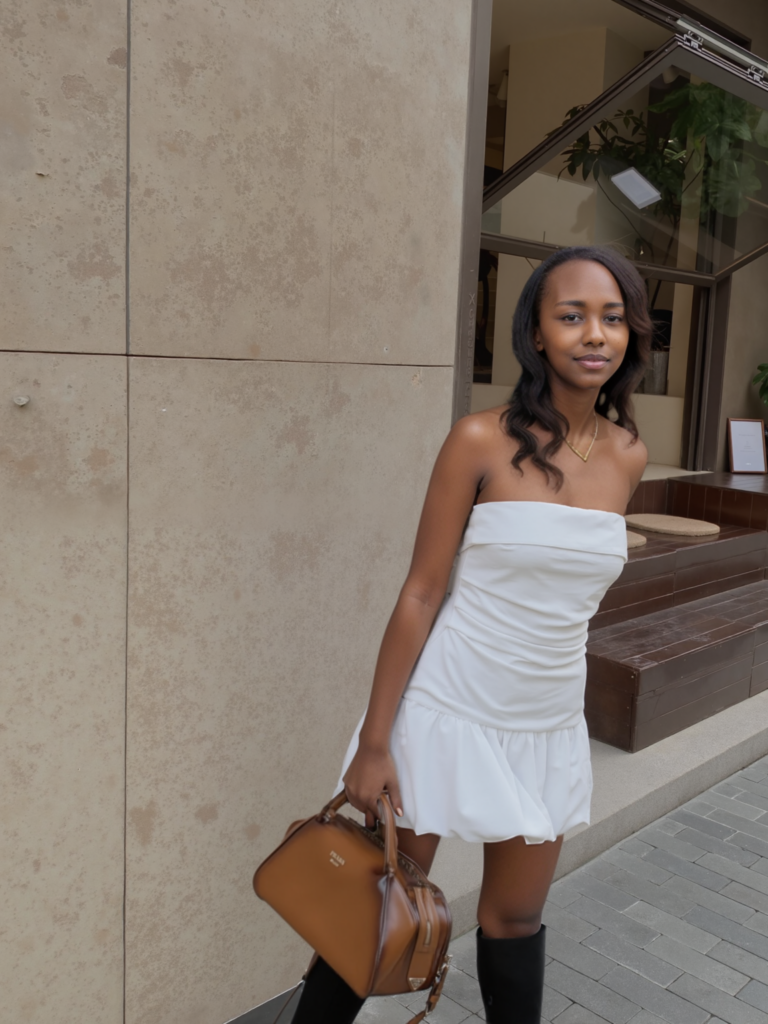
Random AI model #004 in glass curtain wall building
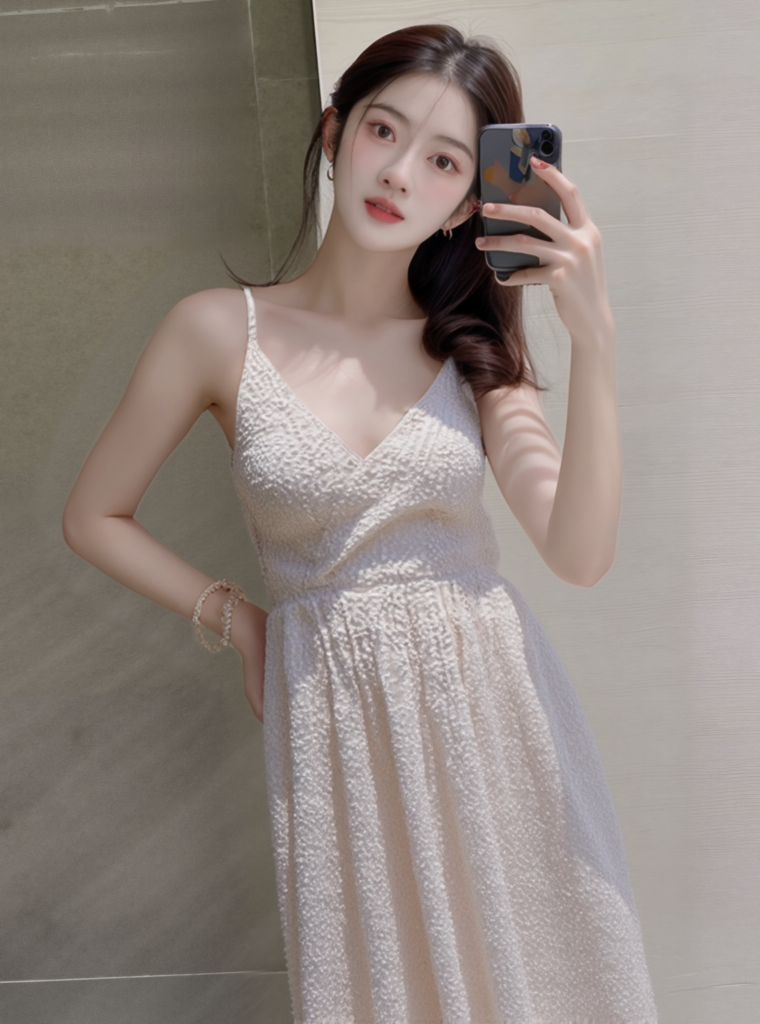
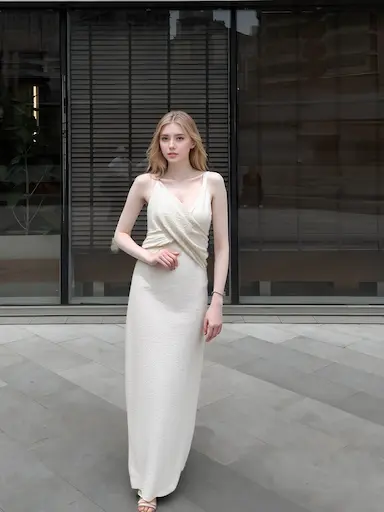
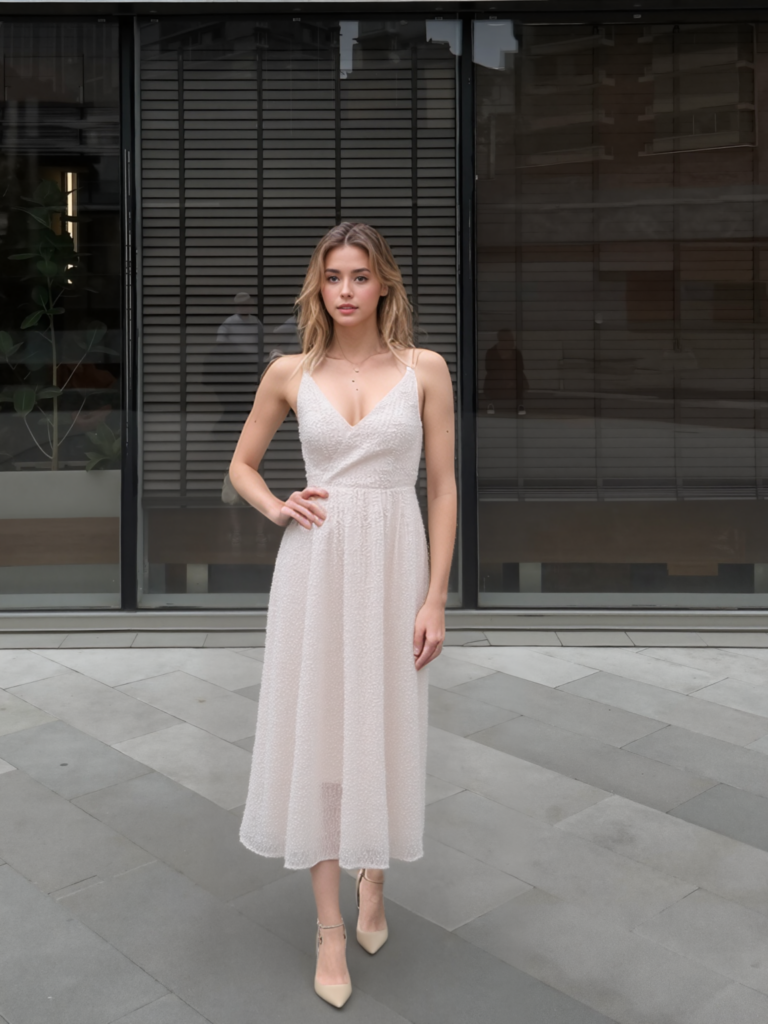
🌼 Retro Style Dresses in AI-Generated Models
- Recommended AI Models: Models with a strong retro aura – look for the “Elegant” tag in the Model Store.
- Recommended Scenes: Old mansions, vintage bookstores, retro tiled floors – searchable directly from the top bar.
Katerina in indoor garden
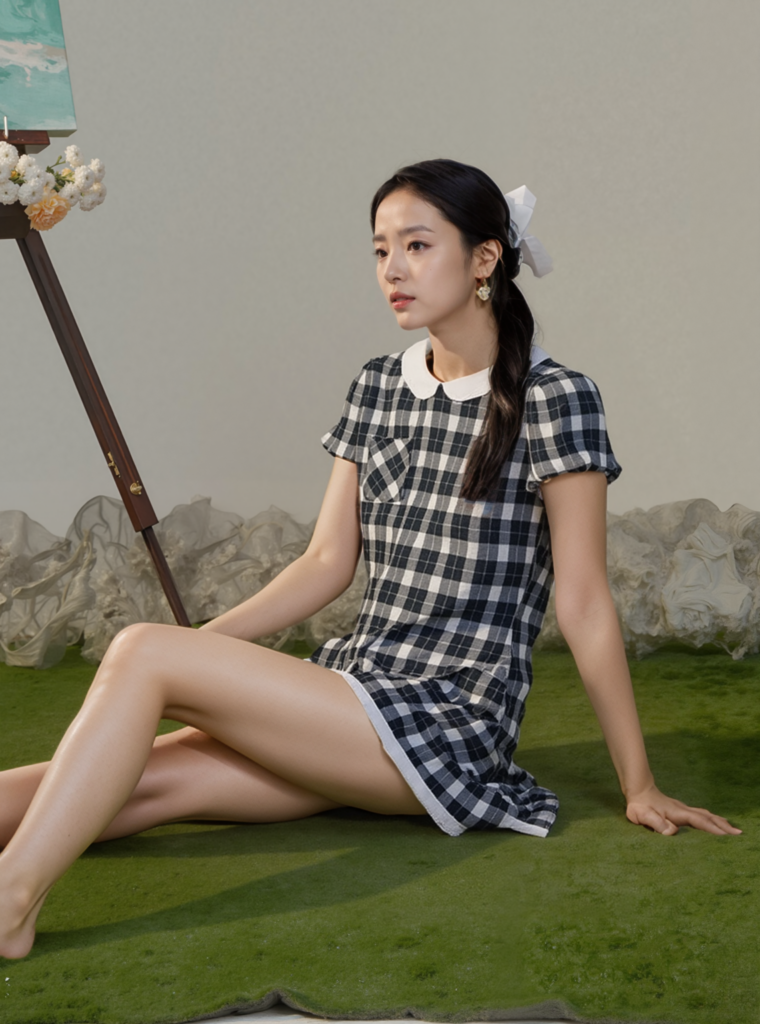
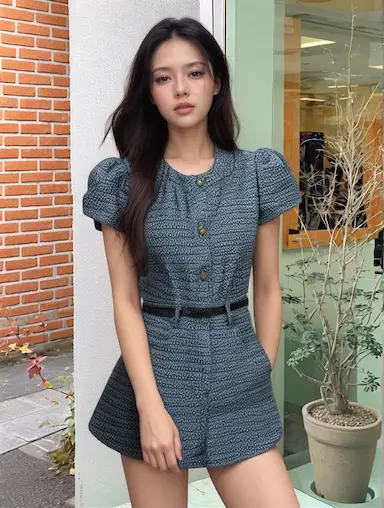
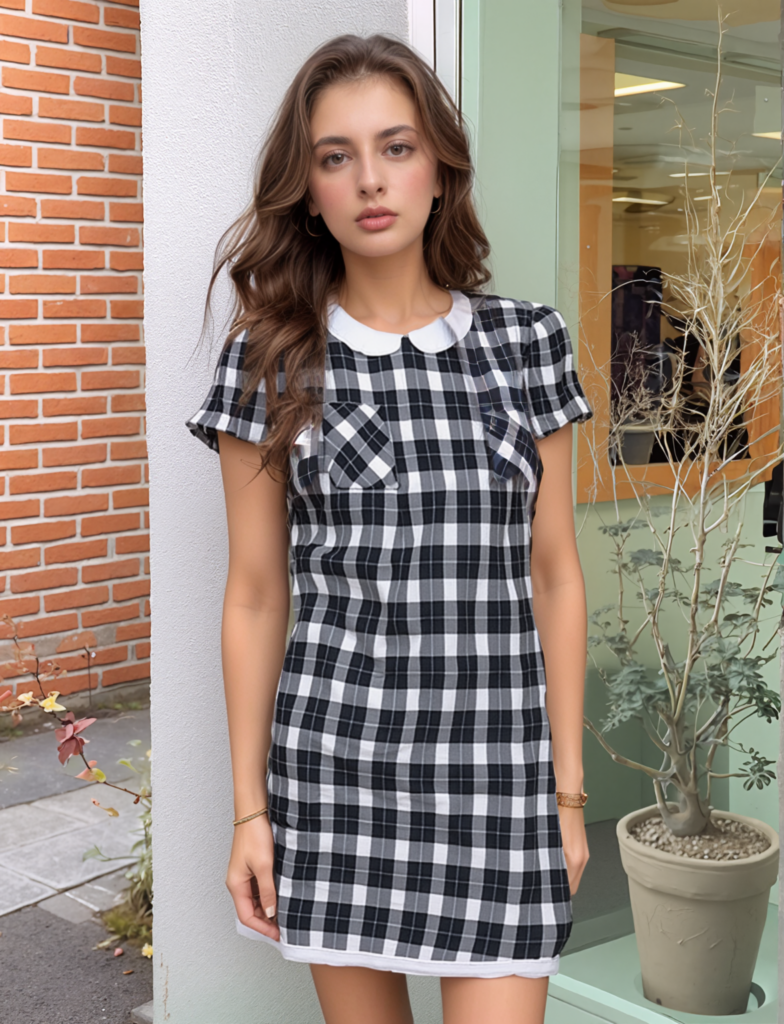
Eve in garden path
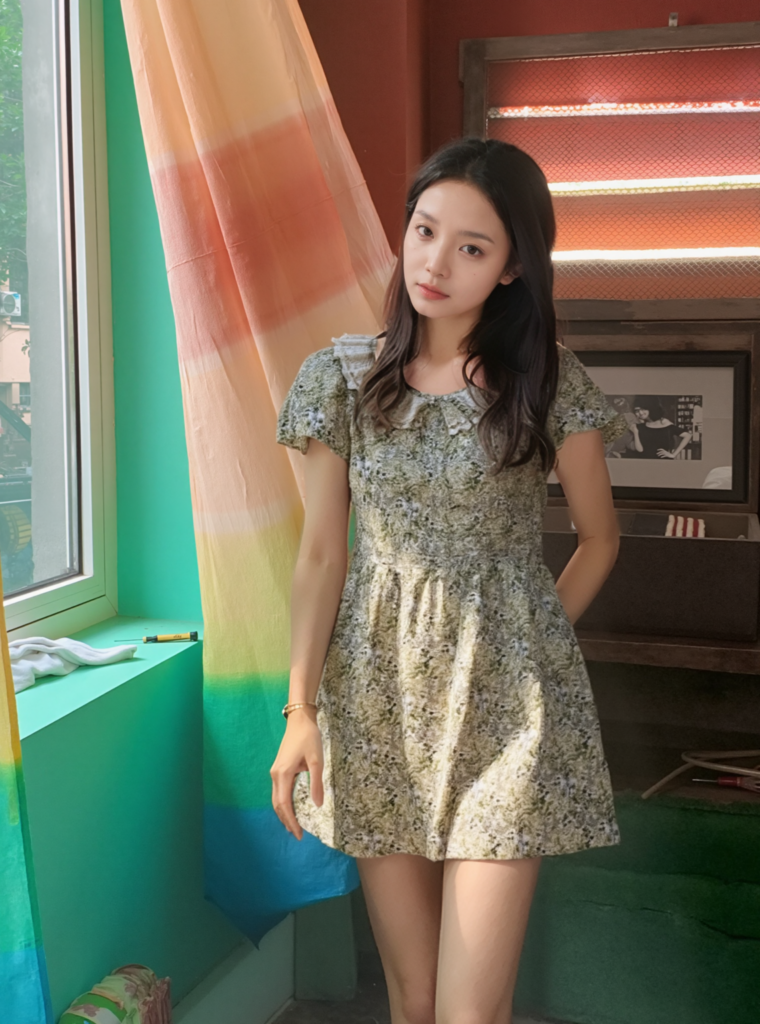
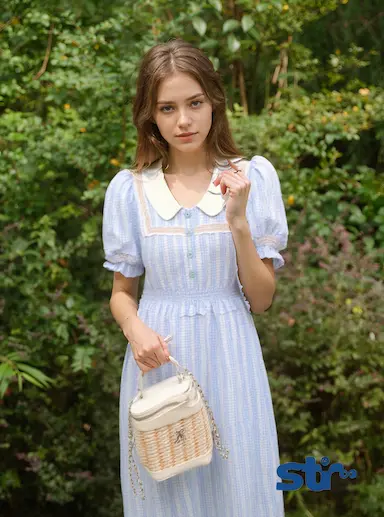
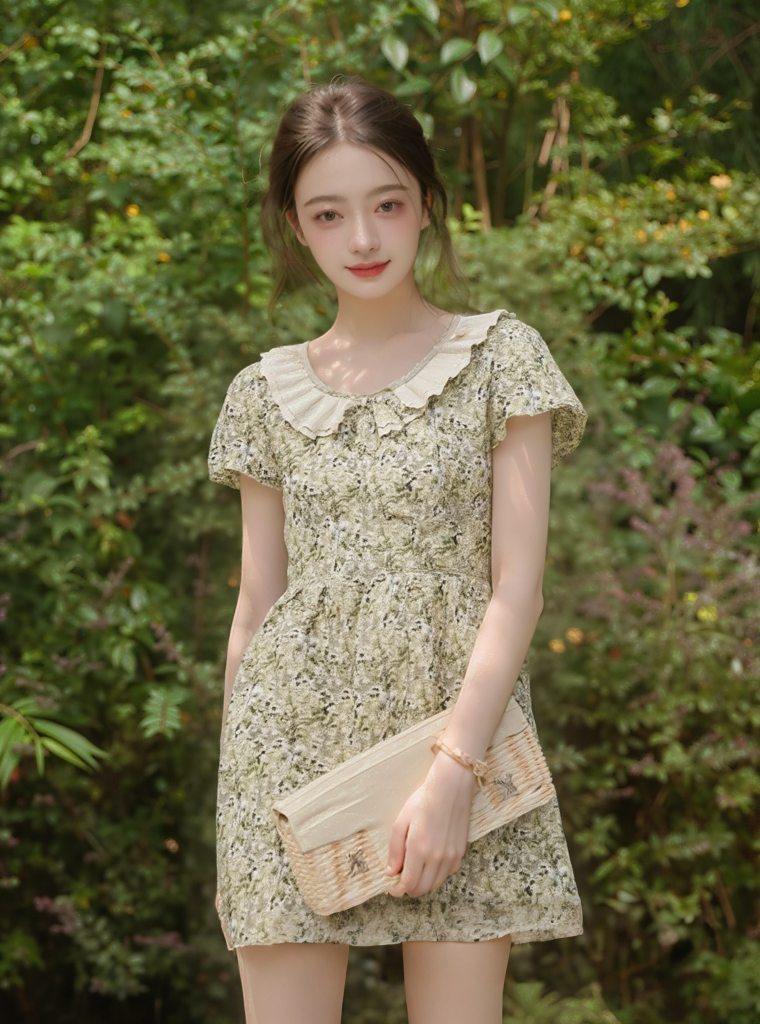
Marta in lakeside park
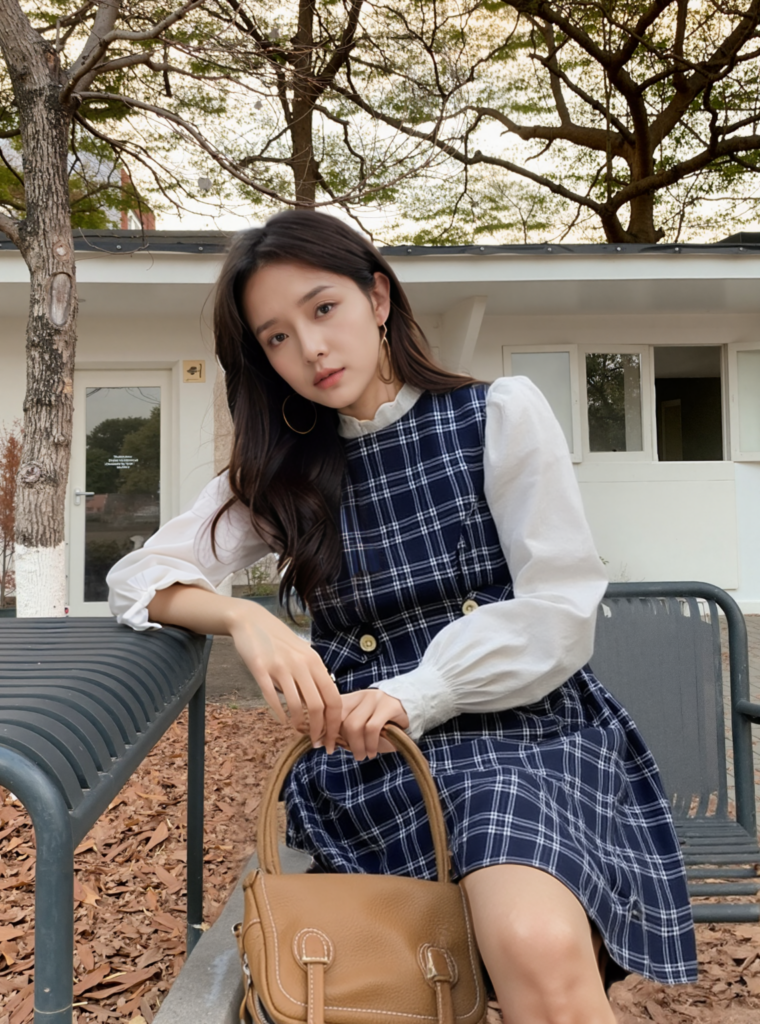
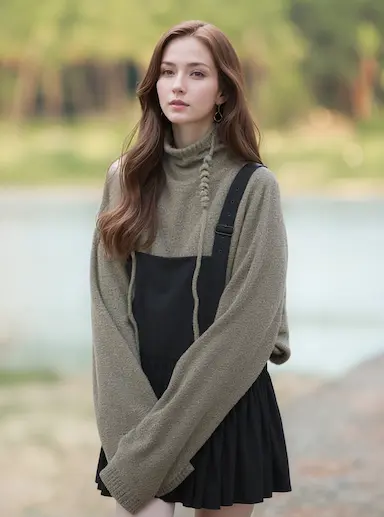
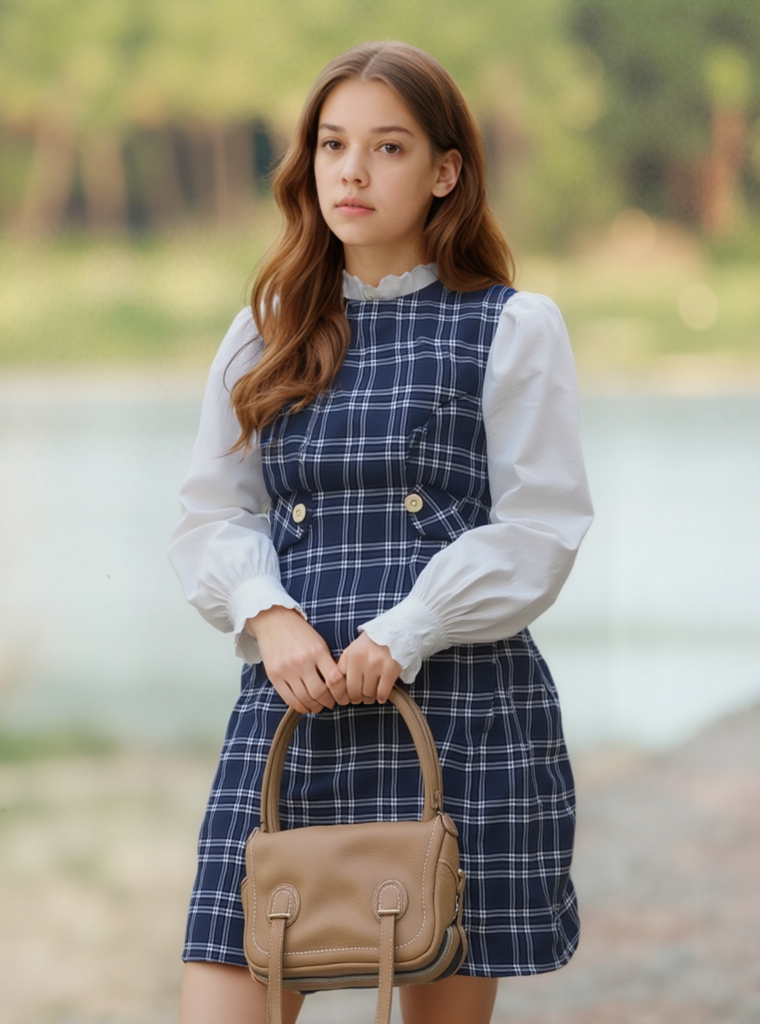
Benefits of AI-Generated Models for Designers and Consumers
Accelerating Design and Production for Spring Fashion
AI is transforming how designers create spring outfits by speeding up the design and production process. Tools like Forma provide instant feedback, allowing designers to refine their ideas quickly. This eliminates the need for lengthy trial-and-error phases, making the entire process more efficient. AI also enables self-adaptive systems in manufacturing, reducing human intervention and ensuring error-free production. These advancements mean designers can focus more on creativity while meeting tight deadlines for spring fashion collections.
The impact of AI on innovation is undeniable. Recent research shows a 44% increase in materials discovery and a 39% rise in patent filings due to AI adoption. This acceleration in innovation allows brands to experiment with new fabrics and techniques, resulting in unique spring outfits that stand out in the market. By streamlining production and fostering creativity, AI is helping designers bring their visions to life faster than ever before.
Cost-Effective Solutions for Seasonal Style
AI-generated models offer a cost-effective way for brands to showcase their spring fashion collections. Traditional photoshoots with human models can be expensive and time-consuming. In contrast, AI-generated models can adapt to various styles and trends without the need for physical resources. This not only saves money but also allows brands to update their catalogs frequently, keeping up with the fast-paced world of fashion.
Diverse representation through AI-generated models also boosts market performance. A study from Cambridge University highlighted Dove’s campaign featuring women of various skin tones and body types, which led to a 600% sales increasein just two months. This demonstrates how AI can help brands connect with a broader audience, making spring outfits more appealing to consumers from all walks of life.
Enhancing Consumer Experience with Virtual Try-Ons
Virtual try-on technology is revolutionizing how consumers shop for spring outfits. By using customizable virtual models, shoppers can see how clothes would look on them before making a purchase. This technology caters to a variety of body types, colors, and sizes, ensuring a more inclusive shopping experience. It also reduces the chances of returns, saving both time and resources for consumers and brands.
For designers, 3D rendering capabilities enhance the creative process. They can visualize how garments will appear on different body models, allowing them to make adjustments before production. This not only improves the quality of spring fashion but also ensures that the final product meets consumer expectations. By combining AI-powered styling with virtual try-ons, brands are creating a seamless and enjoyable shopping experience.
Tip: Virtual try-ons are a game-changer for online shopping, offering both convenience and confidence to consumers exploring new styles.
With 100% pose flexibility, AI-generated models allow for limitless creativity in showcasing your brand’s aesthetic. Whether you’re aiming for soft elegance, sharp minimalism, or nostalgic vibes, AI models bring your fashion vision to life—no need for physical shoots, model scheduling, or location scouting.
AI-generated photography also supports multi-angle outfit displays, back-view perspectives, walking simulations, and low-angle upward shots—creating dynamic, editorial-style images that rival real-life model shoots.
FAQ
What are AI-generated models in fashion?
AI-generated models are digital creations powered by artificial intelligence. They simulate real-life models to showcase outfits in virtual fashion shows or online catalogs. These models help brands save costs and offer consumers a unique shopping experience.
How does AI improve spring fashion trends?
AI analyzes consumer data to predict trends and preferences. It helps designers create outfits that resonate with shoppers. By identifying popular styles and colors, AI ensures spring collections stay fresh and relevant.
Can AI help with sustainable fashion?
Yes, AI supports sustainability by reducing overproduction and waste. It predicts demand accurately and suggests eco-friendly materials. Some brands even use AI to upcycle old garments into new designs, promoting a circular fashion economy.
How do virtual try-ons work?
Virtual try-ons use AI to create customizable avatars. Shoppers can see how clothes fit and look on their body type before purchasing. This technology enhances the shopping experience and reduces return rates.
What are some standout AI-generated designs for spring?
AI-generated designs for spring often feature bold colors, minimalist styles, and futuristic materials. These outfits combine creativity with functionality, offering something for everyone, from vibrant statement pieces to sleek, modern looks.
How to style baggy outfits for spring?
Baggy outfits are versatile and trendy. Pair oversized tops with fitted bottoms for balance, or layer loose pieces for a relaxed vibe. AI tools can even suggest personalized ways to style baggy outfits based on your preferences.
Are AI-generated models inclusive?
Yes, AI-generated models can represent diverse body types, ethnicities, and styles. This inclusivity helps brands connect with a broader audience and ensures that fashion feels accessible to everyone.
What is the future of AI in fashion?
AI will continue to shape fashion by enhancing creativity, sustainability, and personalization. Virtual fashion shows, predictive trend analysis, and innovative designs are just the beginning of what AI can achieve in the industry.

